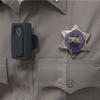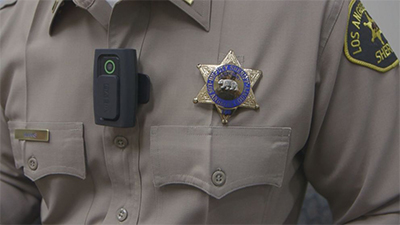
Wearable Camera Wobble Identifies Filmmaker
- By Ginger Hill
- Dec 15, 2014
I’ve been to a couple of holiday parties this month and all of them have had a DJ who played the Cupid Shuffle, a song that gives you instructions on how to do a line dance with a huge group of people. It’s fun, but I’m less than talented when it comes to dancing. Well, now in the wearable camera world, there’s a “dance,” too; it’s called the “wearable wobble!” 
As I’ve previously reported, police stations across the United States are embracing wearable cameras and with Obama’s recent pledge to purchase 50,000 body cameras for law enforcement, I can this as the new norm for police officers. If that is to be, confirming certain footage was filmed by one individual and not another could become a very important detail to hold law enforcement accountable as well as during trials in the court systems.
Enter the researchers. Professor Shmuel Peleg and Yedid Hoshen from Hebrew University of Jerusalem have created a method of identifying filmmakers just from the wobble of their cameras based on their gait, body build, heights, muscles, bone structure and the way their body moves. The professors discovered that by tracking the optical flow of objects from frame to frame, they could determine filmmakers’ identities from just 4 seconds of the filmed footage.
The scientists published their findings as a warning for people to “think twice before uploading first-person footage to the web. The fact that their face isn’t seen doesn’t mean that they are anonymous.”
With their discovery, Peleg and Hoshen have opened up the possibility that law enforcement agencies might be able to link first-person footage to video captured by CCTV.
“Though we haven’t done this form of recognition, when you look at a person from a surveillance camera, you can see the way they move and the way they move their head,” said Peleg.
About the Author
Ginger Hill is Group Social Media Manager.